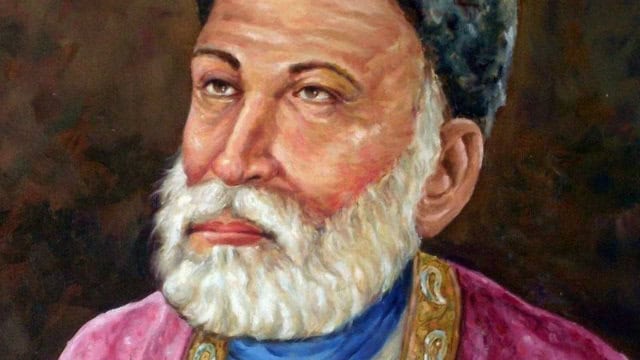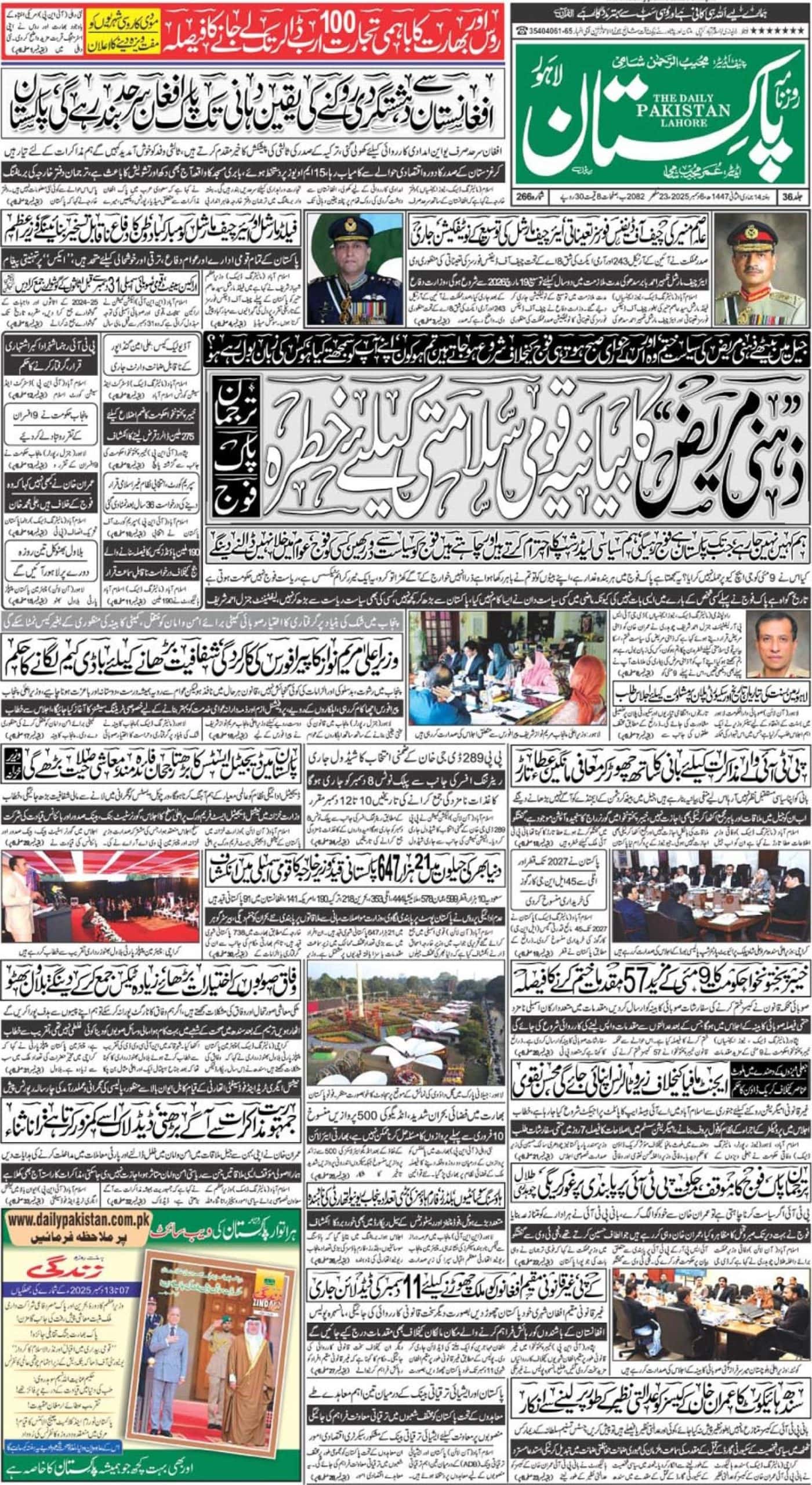LAHORE – Search engine Google on Wednesday has dedicated its doodle to one of South Asia’s greatest poets on his 220th birth anniversary. The doodle shows Mirza Ghalib standing on the balcony of a building of his era, holding a pen and paper, with sun and mosque in background.
Mirza Asadullah Khan Ghalib, pen name Ghalib – meaning conqueror – is widely regarded as the greatest poet of Urdu and Persian.
Like Shakespeare, the poet of the poets is so often misquoted that a list of couplets wrongly attributed to him could make a whole book.

He is perhaps the only Urdu poet who literally everyone has heard about irrespective of their interest in Urdu or poetry. He is also one of the most discussed, analysed and translated Urdu poets having been translated into many Indian and foreign languages.
Born to Mirza Abdullah Beg in December 1797 in Agra, Ghalib’s father died when he was hardly five years old. His childhood was spent with his uncle who passed away when Ghalib was eight, and mostly his aunts. Married in 1810 at the age of 13 to Umrao Begum, Ghalib soon left his birth city Agra for Delhi, a city where he lived until his death in 1869.
There isn’t a definitive record of Ghalib’s early education, but it’s said he started writing poetry early in life, around 11. He wrote in both Persian and Urdu, but his Urdu Ghazals are more famous, though his fame came to him posthumously.
He was known for his spontaneity, quick-wittedness and persistence.
A follower of Sufism, Ghalib wasn’t too strict about religious beliefs. Drinking and gambling were his vices, even though gambling was considered an offense during those times.
Ghalib died in Delhi on February 15, 1869. His rented house in Gali Qasim Jaan, Ballimaran, Chandni Chowk, Old Delhi, where he took his last breath, has now been turned into the ‘Ghalib Memorial.’
One can visit his Ghalib’s memorial in Nizamuddin Basti, named after Saint Nizamuddin.
Ghalib’s Tomb was restored last year under the Urban Renewal Project, a non-profit public-private partnership between the Archaeological Survey of India and the Aga Khan Foundation amongst many others.

Beautified with marble inlays and red sandstone, it now befits the resting place of South Asia’s renowned poet. Ghalib’s famous couplet is inscribed on a marble slab in Hindi, Urdu and English translations.













